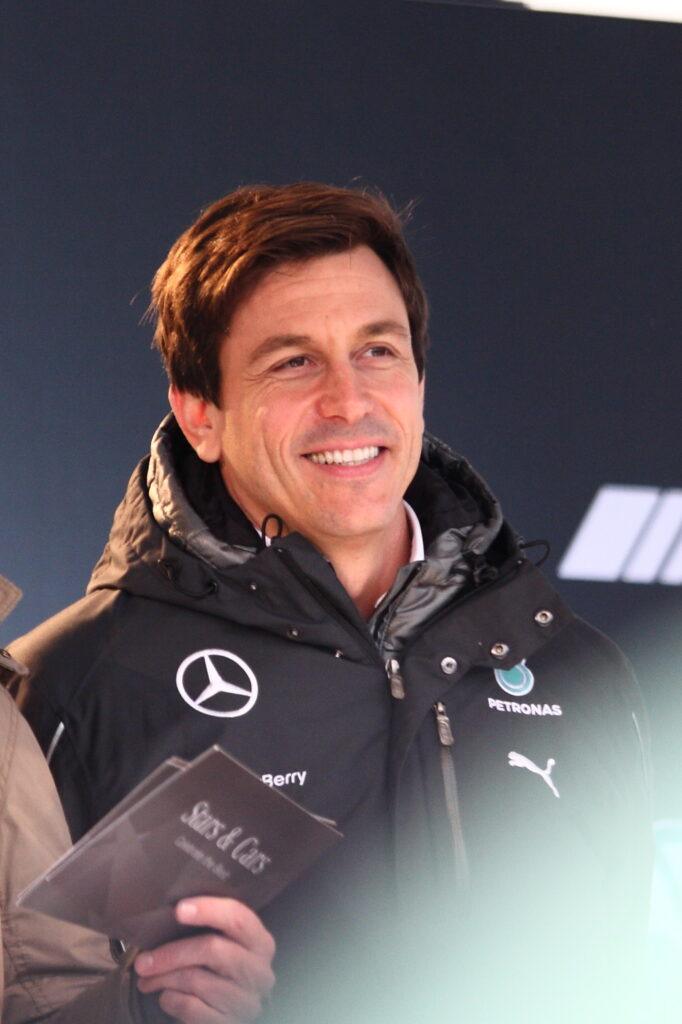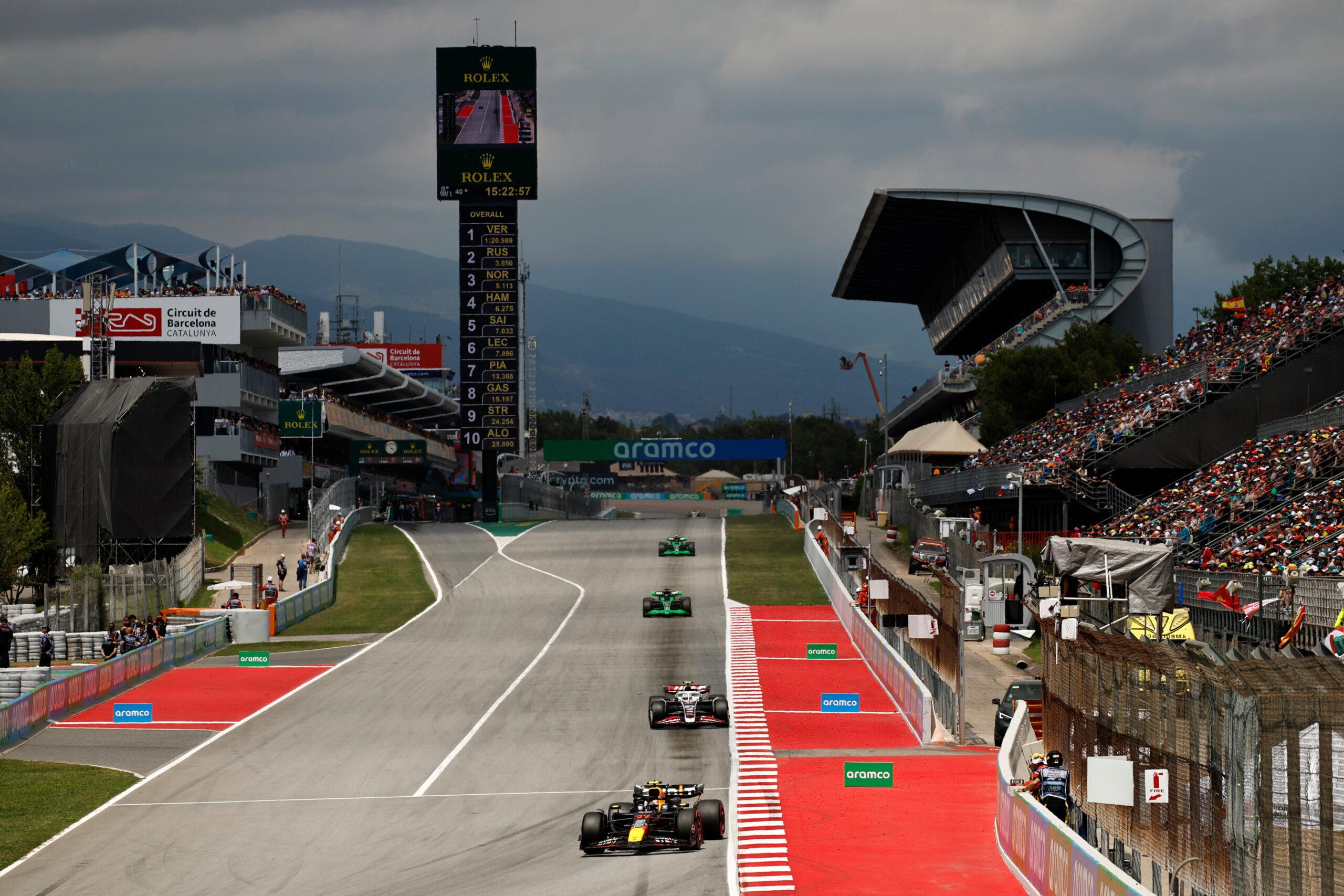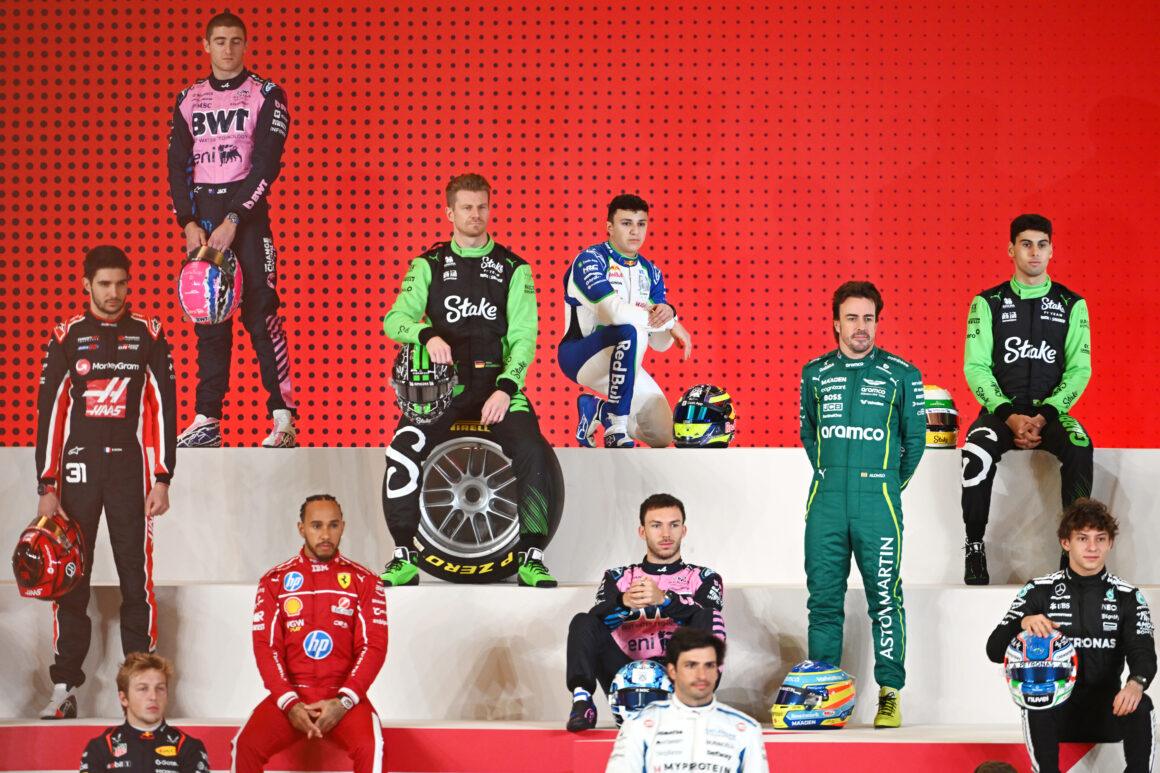F1’s 2026 Sustainable Fuel Era: Dream or Reality?
The recent suggestion by FIA President Mohammed Ben Sulayem about a potential return to naturally aspirated V10 engines powered by sustainable fuels has ignited a heated debate in the Formula 1 paddock.
As the sport gears up for a radical engine change in 2026, the prospect of reverting to the melodious V10 blocks from the early 2000s has resurfaced, dividing opinion among team principals and industry experts.
The Allure of the V10: Nostalgia Meets Sustainability
Christian Horner, Red Bull Racing’s team principal, has expressed enthusiasm for the idea of bringing back V10 engines.
The nostalgic appeal of these powerplants, coupled with the promise of sustainable fuels, presents an enticing proposition for purists and fans alike.
Horner admits, “The purist in me would love to see a return to a naturally aspirated V10.
With sustainable fuel, we could recapture that unique Formula 1 sound.
One can always dream…”
However, the potential return to V10 engines is not just about recapturing the past.
It’s about reimagining these iconic powerplants within the context of modern sustainability goals.
The use of sustainable fuels could potentially address environmental concerns while satisfying the desire for the spine-tingling sound that defined an era of Formula 1.
The 2026 Reality: Hybrid Power and Sustainable Fuels

While the V10 dream captures imaginations, the reality of Formula 1’s immediate future is firmly rooted in hybrid technology.
Toto Wolff, Mercedes team principal, emphasizes the importance of respecting the current regulatory cycle, which outlines the introduction of a new generation of hybrid engines for 2026.
This new powertrain formula includes:
- A V6 internal combustion engine
- A powerful MGU-K (Motor Generator Unit-Kinetic)
- A 50/50 split between thermal and electric power
- Introduction of 100% synthetic fuels
Wolff argues, “We have rules in place for five years.
We can discuss the future, perhaps a hybrid V8 more relevant to road cars than a V10.
But for now, talking about this before 2026 is premature and muddies the sport’s message.”
The Technological Leadership Dilemma
The debate over engine configuration goes beyond mere nostalgia; it strikes at the heart of Formula 1’s identity as a technological leader.
Wolff passionately advocates for embracing the new era of F1 powertrains: “We should be excited about these new engines.
We’re pushing the boundaries of battery technology and sustainability.
It’s a major step forward!”
This perspective aligns with the broader automotive industry’s shift towards electrification and sustainable technologies.
Formula 1, as a pinnacle of motorsport, faces the challenge of balancing its rich heritage with its role as an innovator in automotive technology.
The Complexities of Engine Development
While the idea of reverting to V10 engines might seem straightforward, the reality is far more complex.
Horner acknowledges that the 2026 engine will be highly sophisticated and expensive, potentially reopening the door to a simpler concept after this cycle, possibly for 2031 at the earliest.
Ferrari team principal Frédéric Vasseur emphasizes the need to focus on the immediate challenges: “We haven’t even introduced the next generation of engines yet, and there are still enormous challenges to overcome.
Let’s concentrate on that first.”
The Future Sound of Formula 1
The debate over engine configuration also touches on a crucial aspect of the Formula 1 experience: the sound.
The V10 era is remembered fondly for its ear-splitting, high-pitched wail that became synonymous with the sport.
The current V6 turbo-hybrid era, while technologically advanced, has been criticized for lacking the same auditory appeal.
The potential return to V10 engines, even if powered by sustainable fuels, promises to bring back that iconic sound.
However, it raises questions about whether such a move would be a step backward in terms of technological relevance and environmental responsibility.
Balancing Tradition and Innovation
As Formula 1 navigates its future, the sport finds itself at a crossroads between honoring its storied past and pioneering new technologies.
The V10 debate encapsulates this tension, pitting the emotional appeal of classic motorsport against the imperative of technological and environmental progress.
Wolff’s stance is clear: “Formula 1 must be perceived as a technological reference, not as a sport trapped in nostalgia.” This perspective challenges the sport to look forward rather than backward, embracing new technologies that can keep F1 at the forefront of automotive innovation.
Conclusion: A Complex Road Ahead
The question of whether V10 engines will return to Formula 1 remains open, but the path forward is complex.
As the sport prepares for the 2026 regulations, the focus remains on hybrid technology and sustainable fuels.
While the allure of the V10 era is strong, the reality of modern motorsport demands a balance between nostalgia and innovation.
As Formula 1 continues to evolve, the debate between tradition and progress will undoubtedly persist.
Whether listening to Horner and Ben Sulayem’s dreams of V10 glory or following Wolff’s vision of a more electric future, one thing is certain: Formula 1’s technological journey is far from over, promising exciting developments in the years to come.


